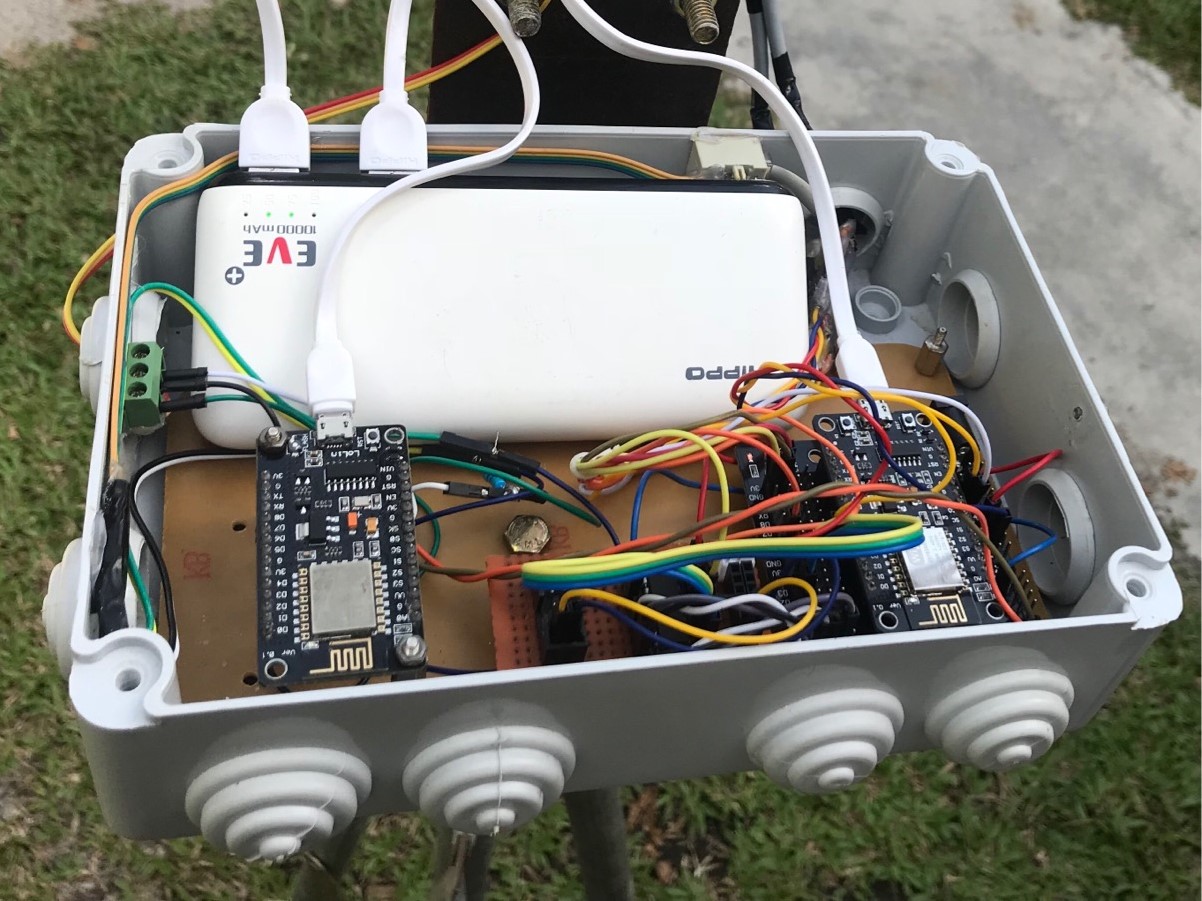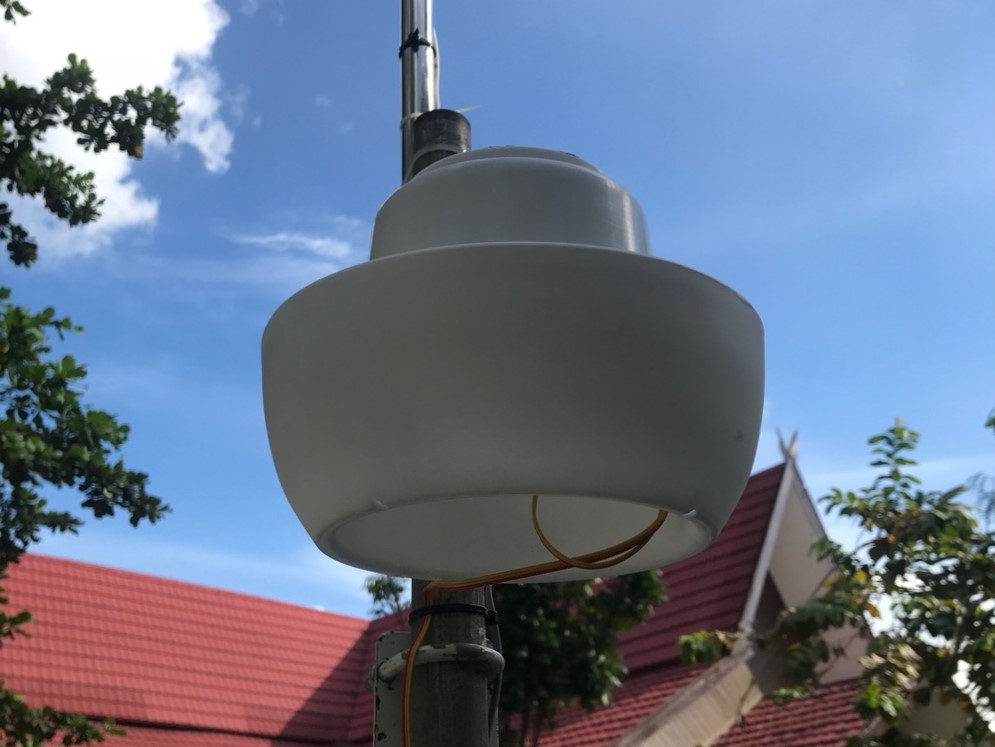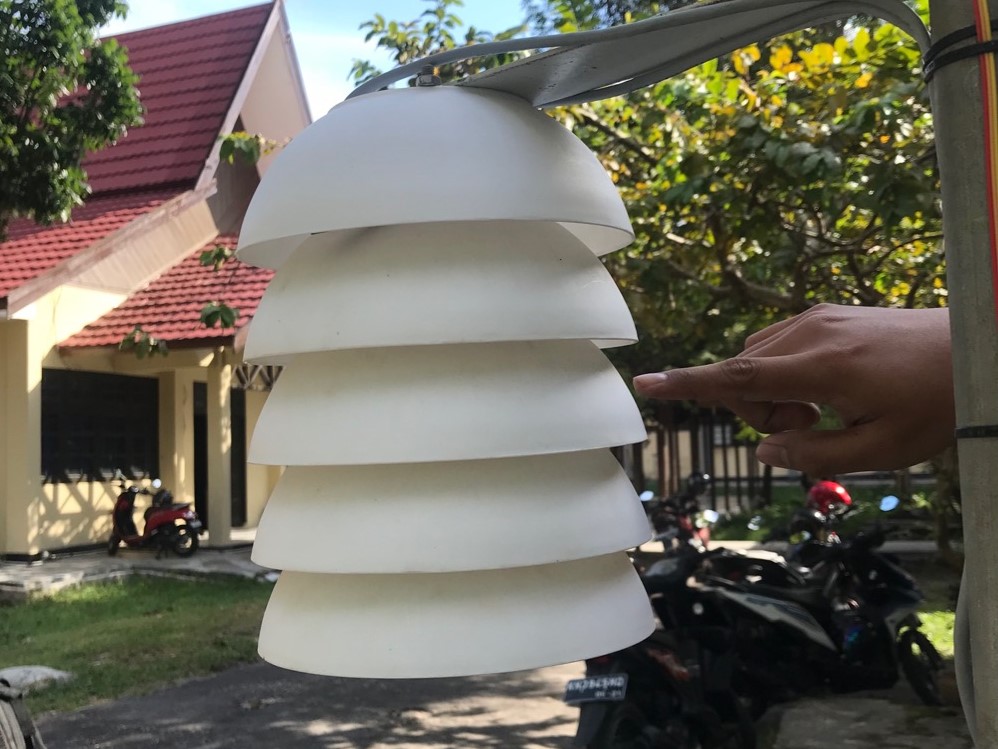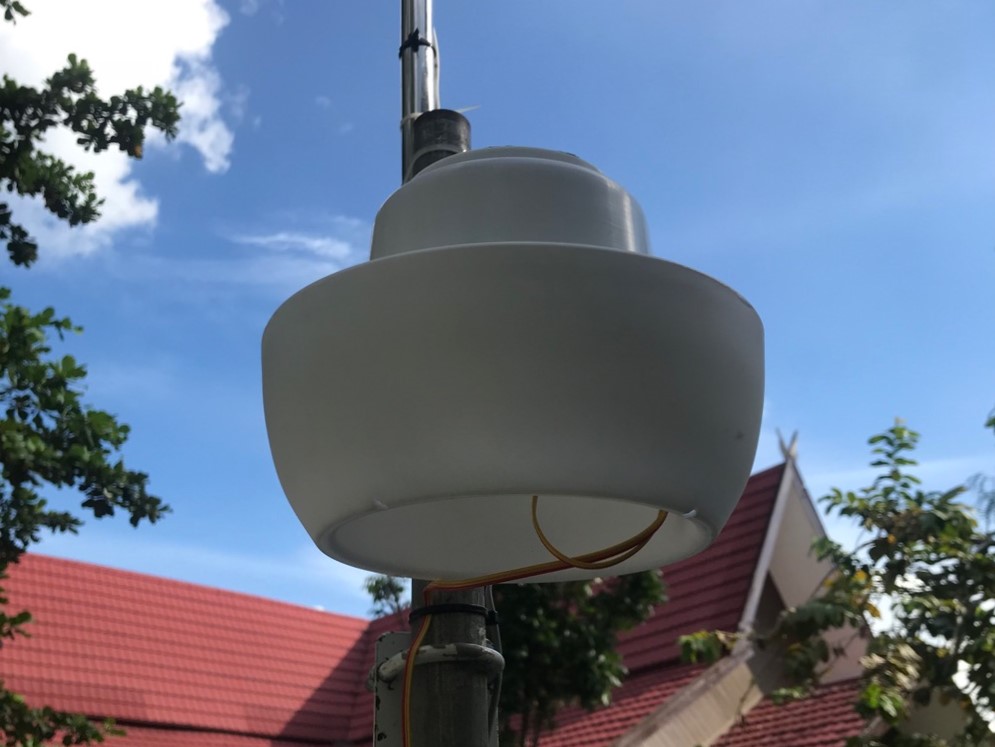
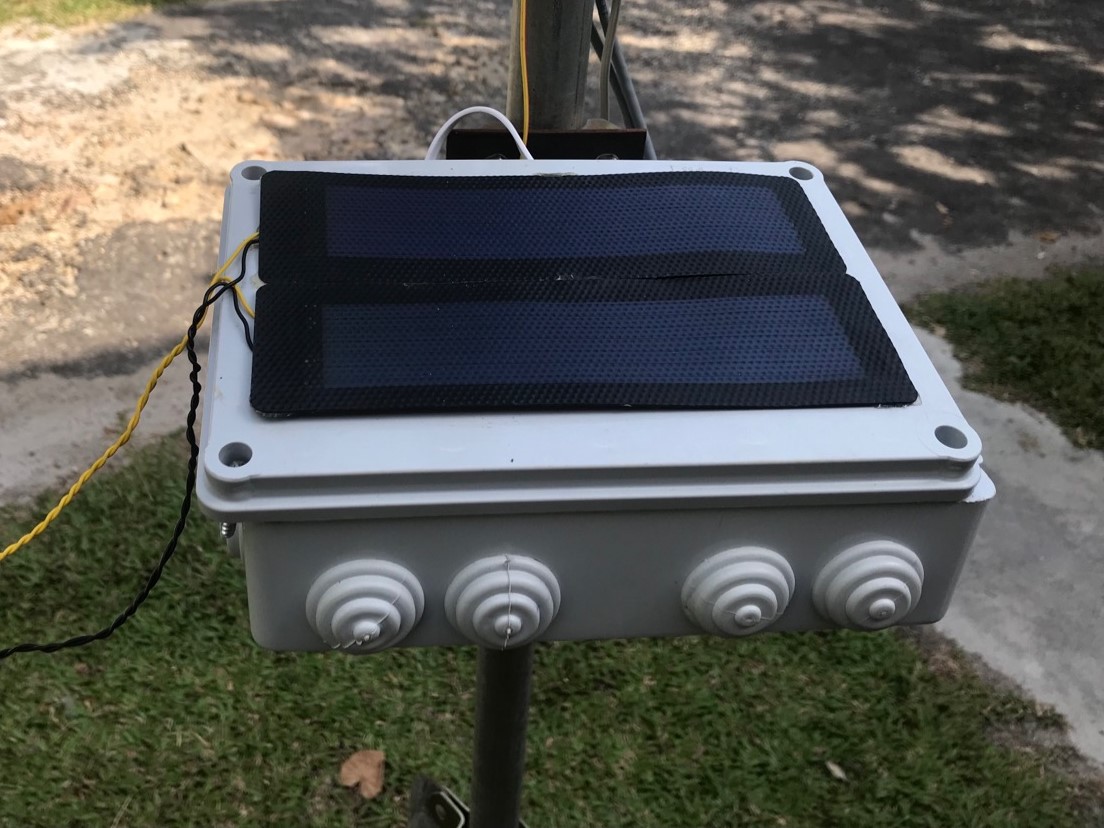
raised of $4,365
1 people have pitched in
100% funded
We are testing the accuracy of a gas detection sensor that is able to simultaneously detect multiple kinds of gases in Central Kalimantan.
THE PROBLEM
Haze in Indonesia puts the health of millions of people at risk every year when they are exposed to air polluted by forest fires. A common method for quickly and cheaply clearing land for palm oil or pulpwood plantations in Sumatra and Kalimantan, burning forests causes air pollutants to accumulate at levels far exceeding safe amounts. The resultant haze is linked to numerous medical problems, ranging from eye and skin irritation to asthma, pneumonia and upper respiratory tract infections. The effects are far-reaching, impacting people in neighboring countries as well, and studies have even linked haze exposure to tens of thousands of deaths a year across Southeast Asia.
Accurate haze monitoring is needed to help the government and other relevant stakeholders react quickly enough to mitigate the worst effects of forest fires. This, in turn, could help reduce the size of land destroyed by fires and the number of people exposed to the haze.
THE SOLUTION
One alternative to satellite data fire monitoring is the use of gas sensors, which detect fires through the measurement of gases and particulate matter. In this experiment we tested the functionality of a gas detection sensor built by the University of Palangkaraya, Central Kalimantan, measuring:
- The levels of Particulate Matter (PM10), Carbon Dioxide (CO2), and Carbon Monoxide (CO).
- The number of fire events detected by the sensor (indicated by elevated levels of gases and particulate matter) as well as by satellites; and
- Whether the information was successfully transmitted to the designated users, which, in this experiment, were researchers from the University of Palangkaraya.
THE EXPECTED IMPACT
We expect the gas detection will ensure better control of forest fires and help to reduce the number of hectares burnt by out of control fires, reducing the number of people affected by the haze. The technology detects various kinds of gases. Once the gases reach a certain level, it is a trigger highlighting a high risk of fire. Once the gases reach a higher level still, it shows that the fire has ignited.
PROJECT COST
Project Implementation & Technology
Costs associated with project coordination and the technology
$2,649
Monitoring & Evaluation
Costs associated with data collection, analysis and reporting
$966
Administration Fee
Cost of transferring payments internationally, processing online donations (5%) and a contribution to Kopernik's operational costs (15%)
$750
Total $4,365
Kopernik Solutions provided a sub-grant to a trusted partner organisation who is implementing this project.




